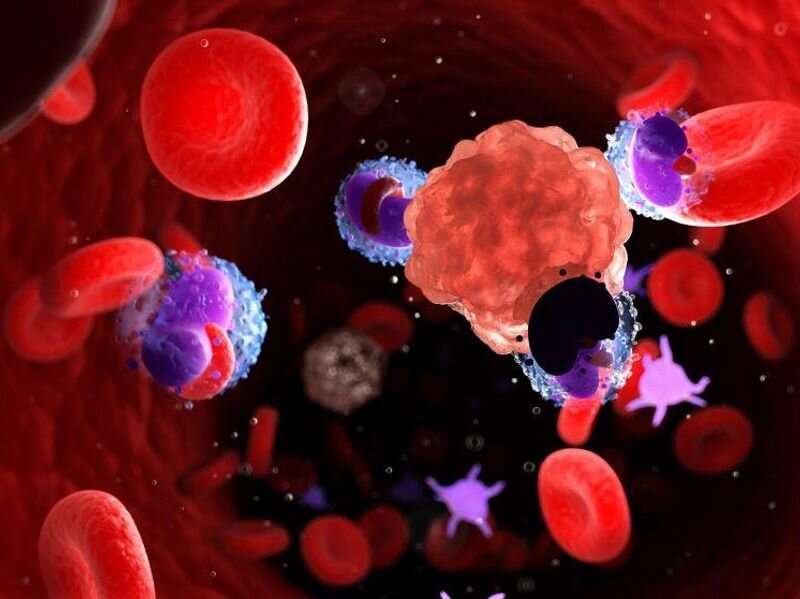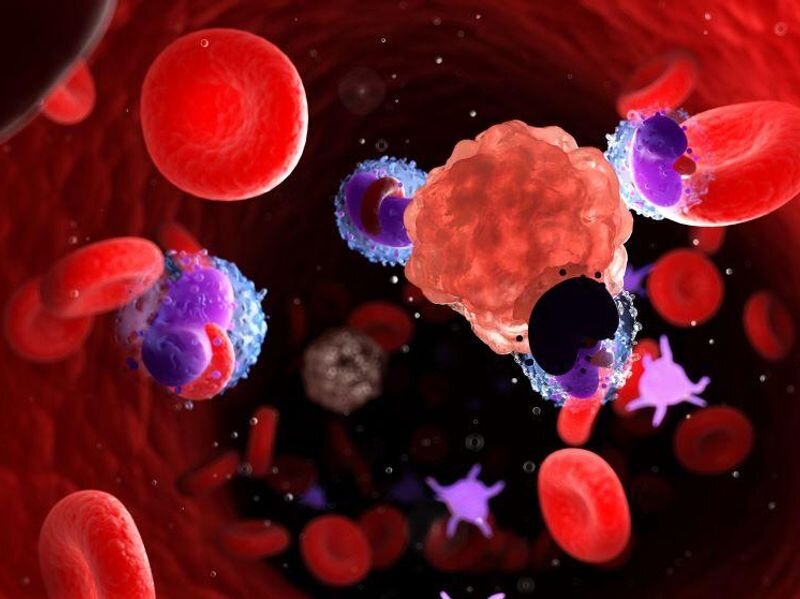
Progression-free survival is significantly longer with zanubrutinib than ibrutinib among patients with relapsed or refractory chronic lymphocytic leukemia (CLL) or small lymphocytic lymphoma (SLL), according to a study published online Dec. 13 in the New England Journal of Medicine.
Jennifer R. Brown, M.D., Ph.D., from the Dana-Farber Cancer Institute in Boston, and colleagues randomly assigned patients with relapsed or refractory CLL or SLL who had undergone one previous course of therapy to receive either zanubrutinib or ibrutinib until disease progression or unacceptable toxic effects. Progression-free survival was assessed to determine whether zanubrutinib was non-inferior to ibrutinib in this final analysis; the superiority of zanubrutinib was assessed if non-inferiority was established.
The researchers found that among 652 patients, zanubrutinib was superior to ibrutinib with respect to progression-free survival at a median follow-up of 29.6 months (hazard ratio for disease progression or death, 0.65) as assessed by investigators. At 24 months, the investigator-assessed rates of progression-free survival were 78.4 and 65.9 percent in the zanubrutinib and ibrutinib groups, respectively. Longer progression-free survival was seen for those who received zanubrutinib versus ibrutinib among patients with a 17p deletion, a TP53 mutation, or both (hazard ratio for disease progression or death, 0.53); across other major subgroups, progression-free survival consistently favored zanubrutinib. The safety profile of zanubrutinib was better than that of ibrutinib.
“Benefits with respect to both progression-free survival and overall response were observed across all major subgroups, including high-risk patients,” the authors write.
More information:
Jennifer R. Brown et al, Zanubrutinib or Ibrutinib in Relapsed or Refractory Chronic Lymphocytic Leukemia, New England Journal of Medicine (2022). DOI: 10.1056/NEJMoa2211582
Journal information:
New England Journal of Medicine
Source: Read Full Article
